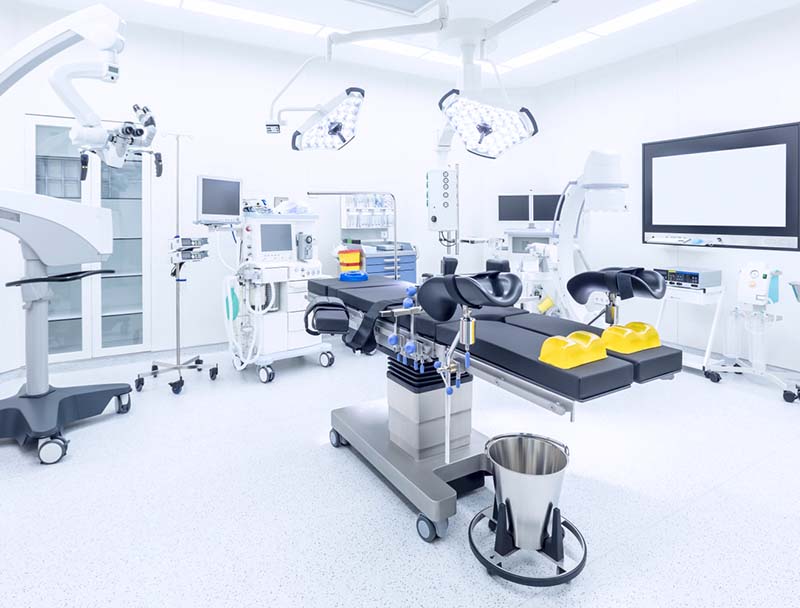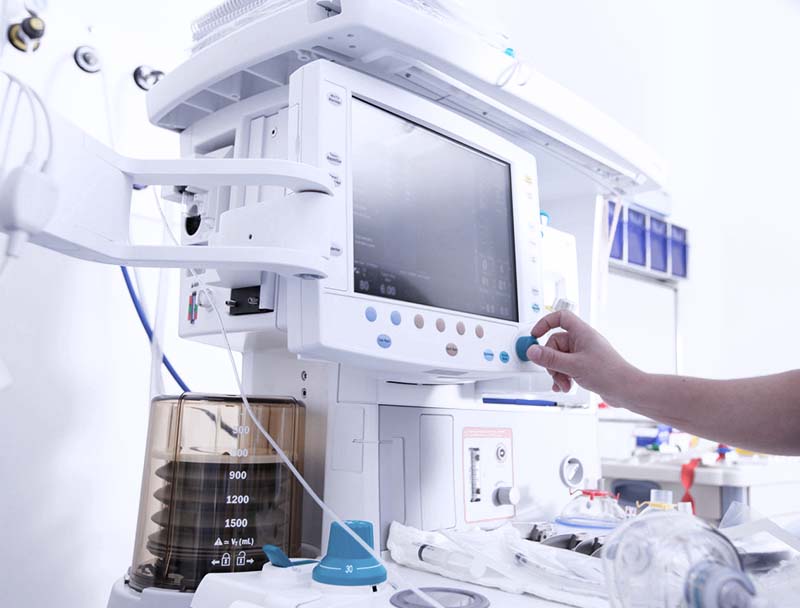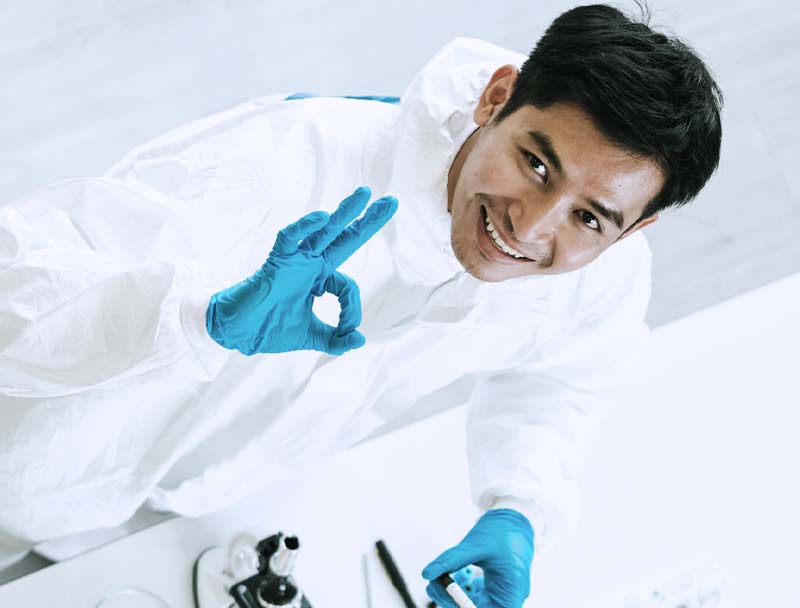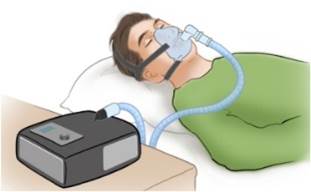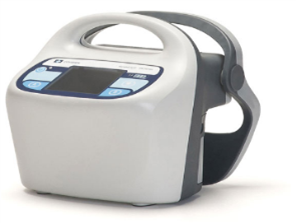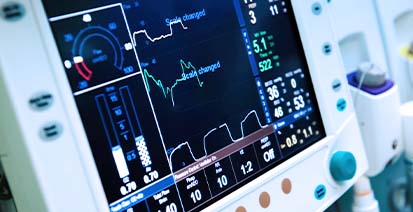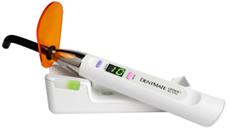Medical imaging equipment: X-ray machines, CT scanners, and 4k surgical imagedisplayers those require high stability and low noise power to ensure image quality.
Medical lnstruments: Medical instruments such as electrocardiogram machines,blood pressure monitors, and respiratory devices require stable power to ensuretheir proper operation,and also need to comply with medical safety standards toensure patient safety.
Dental Applications:Dental clinics and dentalequipment requires high-quality, stable,and reliable power supply. Power supply must provide the required voltage andcurrent while maintainingthe stability of voltage and current to ensure properoperation of equipment. Dentalequipment includes teeth cleaning devices, toothrestoration equipment, dental curing lights, root canaltreatment devices, and more.
Home Care Applications: With the aging population,the demand for home care isincreasing. Power supply units can be used in various home care devices such aselectric wheelchairs, oxygen concentrators, blood pressure monitors, blood glucosemeters, insulin pumps, and others. These devices require stable and reliable powersupply to ensure long-term operation and usage.

